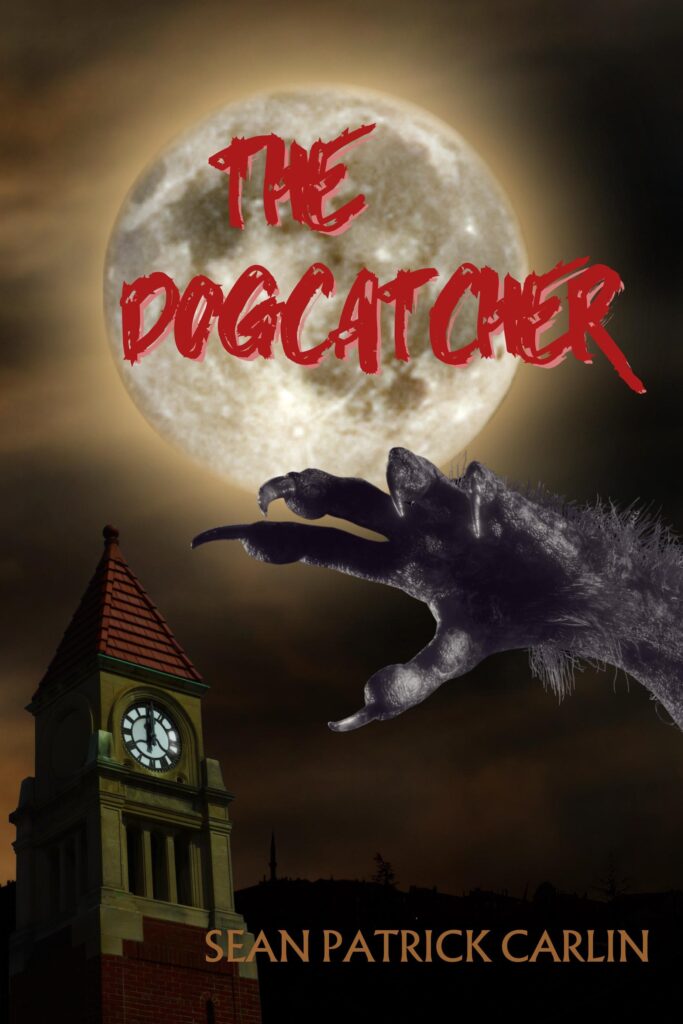With road-trip season upon us once again, here’s an examination of how American car culture has been romanticized by the entertainment industry; how automobiles, far from enablers of freedom and individuality, are in fact “turbo-boosted engines of inequality”; and how Hollywood can help remedy an ecocultural crisis it’s played no small role in propagating.
In any given episode, the action reliably starts the same way: a wide shot of the Batcave, Batmobile turning on its rotating platform to face the cavemouth, camera panning left as the Dynamic Duo descend the Batpoles. Satin capes billowing, Batman and Robin hop into their modified 1955 Lincoln Futura, buckle up—decades before it was legally required, incidentally—and the engine whines to life as they run through their pre-launch checklist:
ROBIN: Atomic batteries to power. Turbines to speed. BATMAN: Roger. Ready to move out.
A blast of flame from the car’s rear thruster—whoosh!—and off they’d race to save the day.

By the time the 1980s had rolled around, when I was first watching Batman (1966–1968) in syndicated reruns, every TV and movie hero worth his salt got around the city in a conspicuously slick set of wheels. Muscle cars proved popular with working-class ’70s sleuths Jim Rockford (Pontiac Firebird) and Starsky and Hutch (Ford Gran Torino). The neon-chic aesthetic of Reagan era, however, called for something a bit sportier, like the Ferrari, the prestige ride of choice for Honolulu-based gumshoe Thomas Magnum (Magnum, P.I.) and buddy cops Crockett and Tubbs (Miami Vice). The ’80s were nothing if not ostentatiously aspirational.
Even when cars were patently comical, they came off as cool despite themselves: the Bluesmobile, the 1974 Dodge Monaco used in The Blues Brothers (1980); the Ectomobile, the 1959 Cadillac Miller-Meteor Sentinel in Ghostbusters (1984); the Wolfmobile, a refurbished bread truck that Michael J. Fox and his pal use for “urban surfing” in Teen Wolf (1985).
The DMC DeLorean time machine from Back to the Future is clearly meant to be absurd, designed in the same kitchen-sink spirit as the Wagon Queen Family Truckster from National Lampoon’s Vacation (1983), but what nine-year-old boy in 1985 didn’t want to be Michael J. Fox, sliding across the stainless-steel hood and yanking the gull-wing door shut behind him? And like the characters themselves, the DeLorean evolved with each movie, going from nuclear-powered sports car (Part I) to cold-fusion flyer (Part II) to steampunk-retrofitted railcar (Part III). “Maverick” Mitchell’s need for speed didn’t hold a candle to Marty McFly’s, who’s very existence depended on the DeLorean’s capacity to reach 88 miles per hour.
Vehicles that carried teams of heroes offered their own vicarious pleasure. Case in point: the 1983 GMC Vandura, with its red stripe and rooftop spoiler, that served as the A-Team’s transpo and unofficial HQ—a place where they could bicker comically one minute then emerge through the sunroof the next to spray indiscriminate gunfire from their AK-47s. The van even had a little “sibling”: the Chevrolet Corvette (C4) that Faceman would occasionally drive, marked with the same diagonal stripe. Did it make sense for wanted fugitives to cruise L.A. in such a distinct set of wheels? Not really. But it was cool as hell, so.
The Mystery Machine was the only recurring location, as it were, on Scooby-Doo, Where Are You! (1969), and the van’s groovy paint scheme provided contrast with the series’ gloomy visuals. Speaking of animated adventures, when once-ascetic Vietnam vet John Rambo made the intuitive leap from R-rated action movies to after-school cartoon series (1986), he was furnished with Defender, a 6×6 assault jeep. Not to be outdone, the most popular military-themed animated franchise of the ’80s, G.I. Joe: A Real American Hero (1983–1986), featured over 250 discrete vehicles, and the characters that drove them were, for the most part, an afterthought:
With the debut of the 3 ¾” figures in 1982, Hasbro also offered a range of vehicles and playsets for use with them. In actual fact, the 3 ¾” line was conceived as a way to primarily sell vehicles—the figures were only there to fill them out!
‘3 ¾” Vehicles,’ YoJoe!
But who needs drivers when the vehicles themselves are the characters? The protagonists of The Transformers (1984–1987) were known as the Autobots, a race of ancient, sentient robots from a distant planet that conveniently shapeshifted into 1980s-specific cars like the Porsche 924 and Lamborghini Countach, among scores of others. (The premise was so deliriously toyetic, it never occurred to us to question the logic of it.) Offering the best of both G.I. Joe and The Transformers, the paramilitary task force of M.A.S.K. (1985–1986), whose base of operations was a mountainside gas station (what might be described as Blofeld’s volcano lair meets the Boar’s Nest), drove armored vehicles that transformed into… entirely different vehicles.
Many movies and shows not only featured cars as prominent narrative elements, but literally took place on the road: Vacation. Mad Max (1979). Smokey and the Bandit (1977). CHiPs (1977–1983). Sometimes the car was so important it had a proper name: General Lee from The Dukes of Hazzard (1979–1985). Christ, sometimes it was the goddamn series costar: KITT on Knight Rider (1982–1986). Shit on David Hasselhoff’s acting ability all you want, but the man carried a hit TV show delivering the lion’s share of his dialogue to a dashboard. Get fucked, Olivier.
As a rule, productions keep multiple replicas of key picture cars on hand, often for different purposes: the vehicle utilized for dialogue scenes isn’t the one rigged for stunts, for instance. It’s notable that the most detailed production model—the one featured in medium shots and closeups, in which the actors perform their scenes—is known as the “hero car.” And why not? Over the past half century, Hollywood has unquestionably programmed all of us to recognize the heroism of the automobile.
Continue reading




Recent Comments